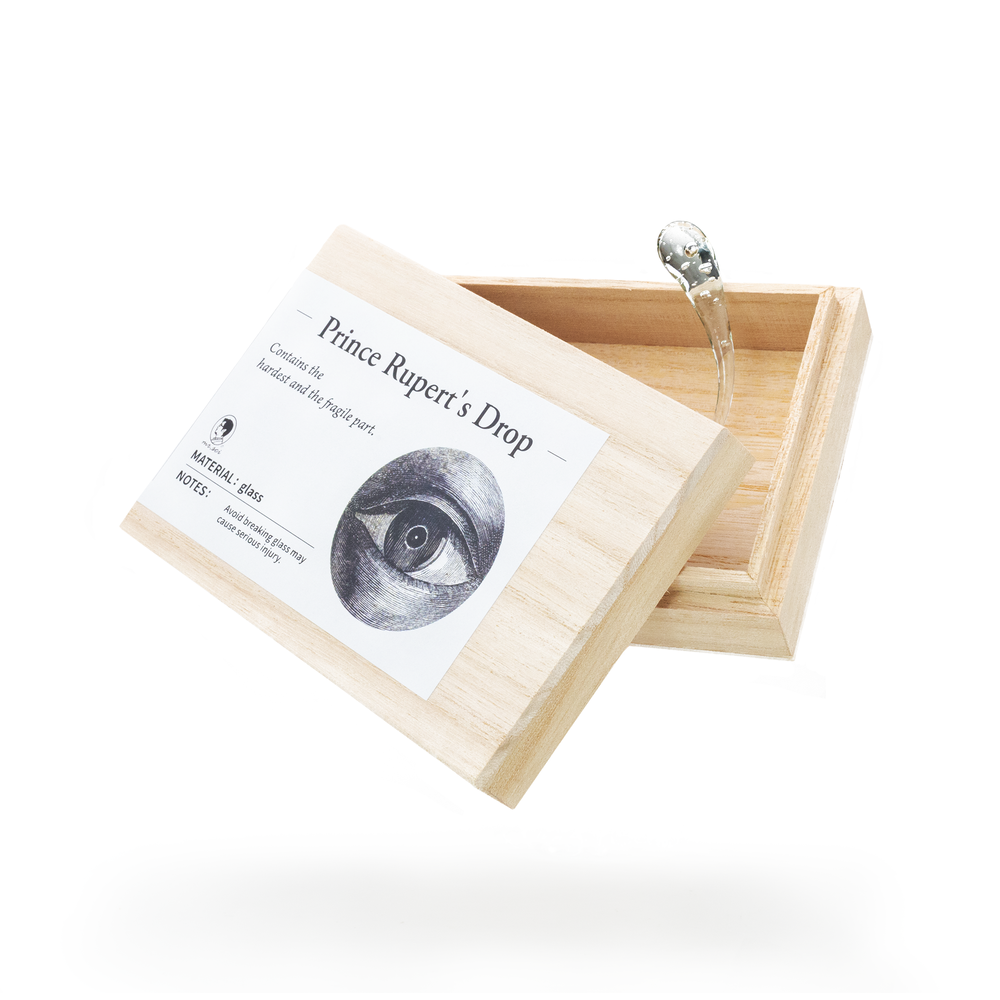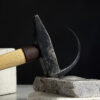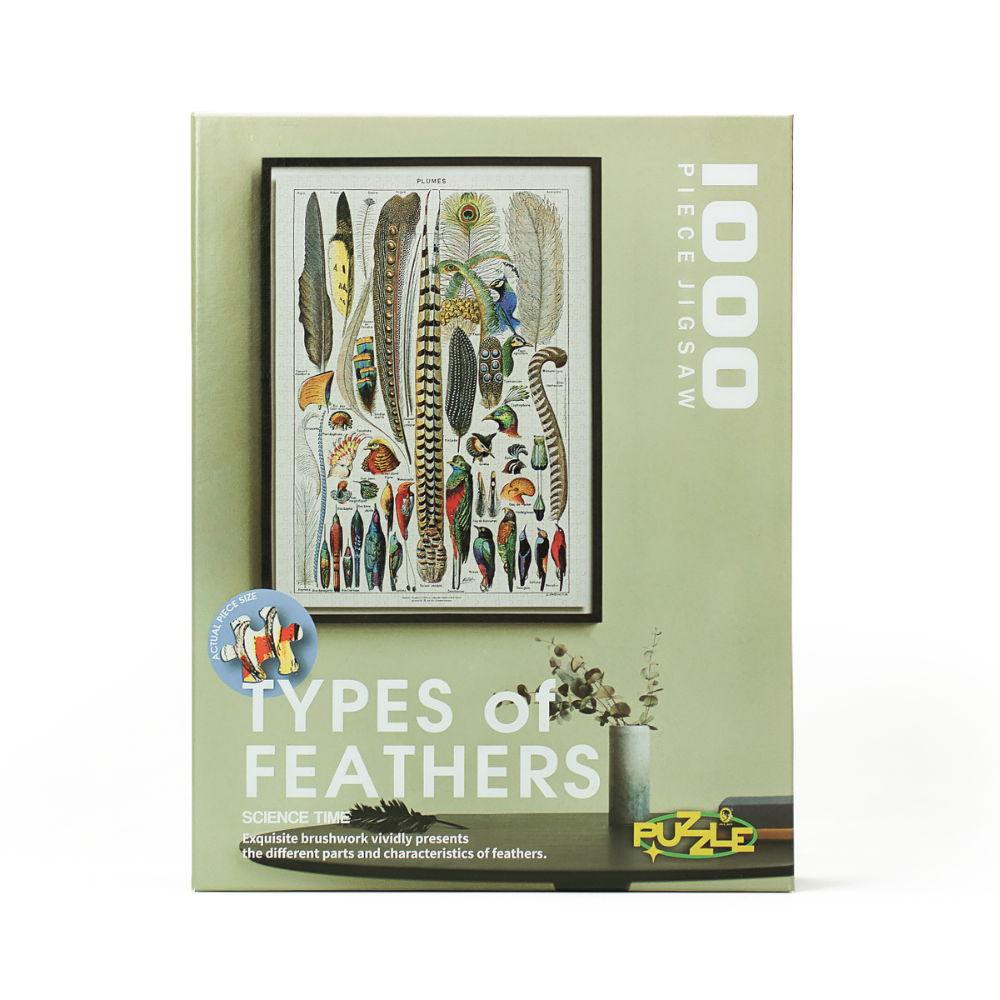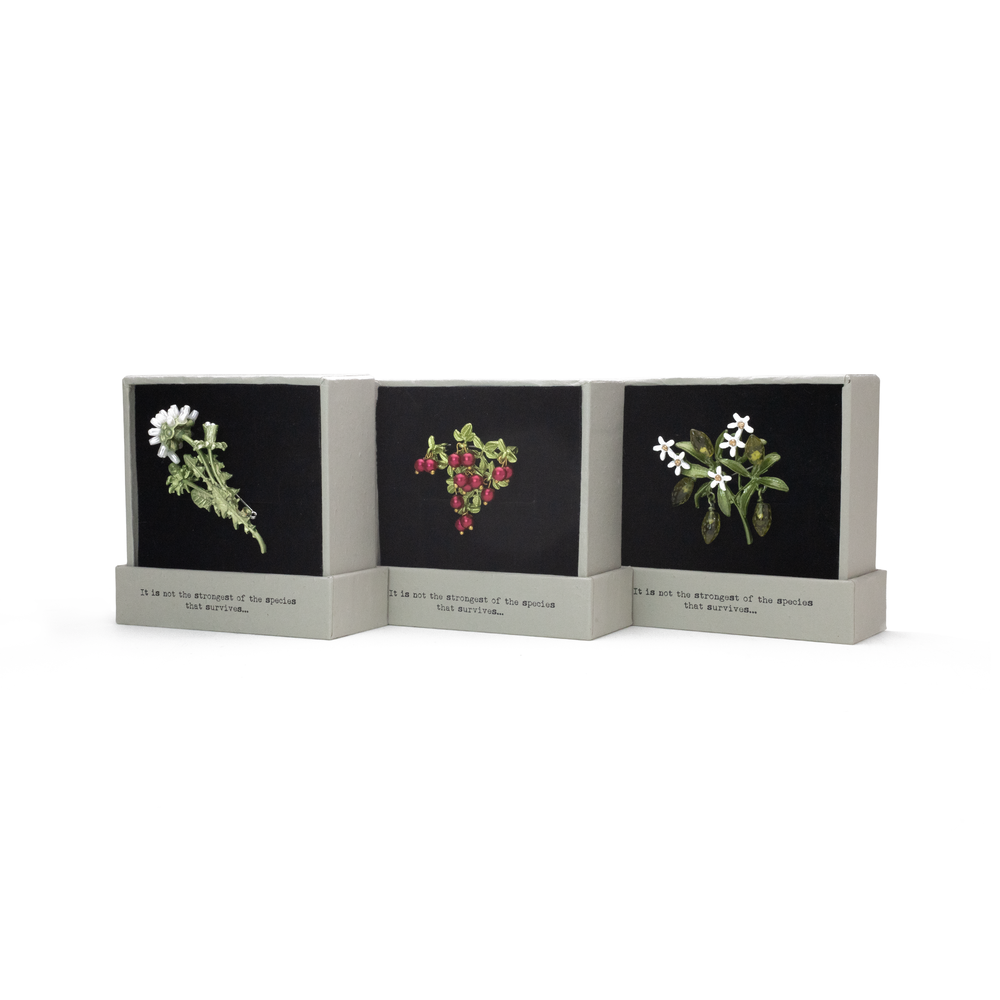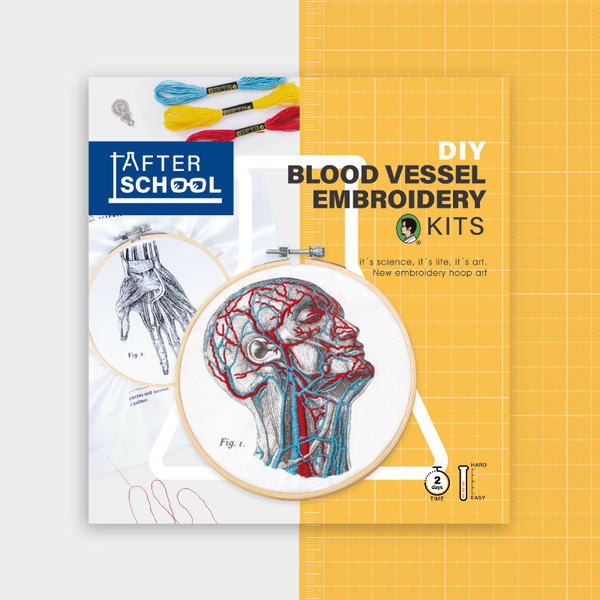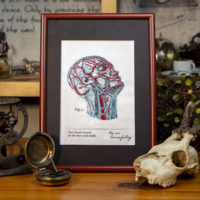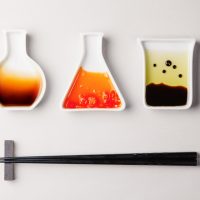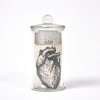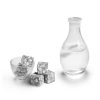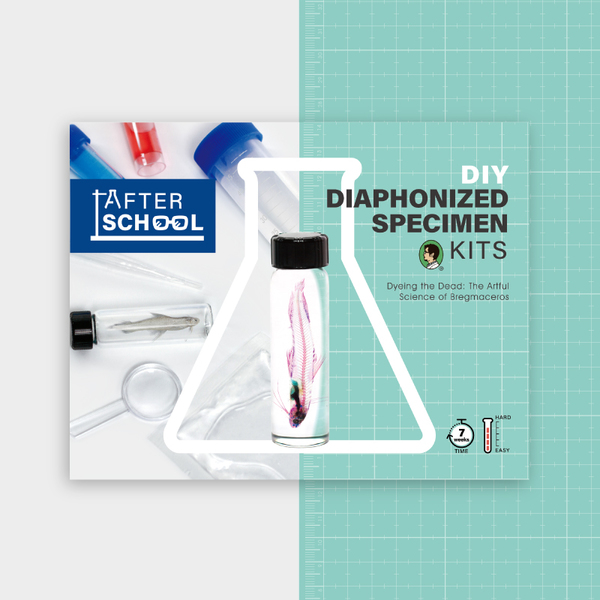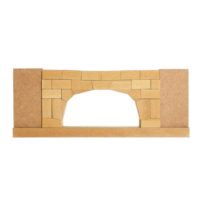- No products in the cart.
Prince Rupert’s Drop
$23.00
SKU:CNY230062.
Category: Best Sellers.
Description
Warning: This product is not a children’s toy! Clamping the tail may cause a glass explosion. Before conducting experiments, please read the precautions in the “Specifications” carefully.
Rupert’s Tear is made of rapidly cooled molten glass, with a unique structure that makes the tail sturdy while the head is extremely fragile, showcasing fascinating properties in materials science. It is not only aesthetically pleasing but also an excellent educational tool for demonstrating pressure and impact characteristics in materials science. Its unique features have sparked interest among scientists and students, making it an excellent starting point for exploring materials science.

How to Induce Rupture: The key part prone to rupture is the tail, usually sharp and fragile. To make it rupture, you can either clamp the tail or remove a small portion of it. When the tail is damaged, the high-pressure liquid inside will suddenly release, causing the entire teardrop shape to rupture rapidly.
For safety reasons, if you intend to carry out this experiment, remember to wear protective goggles, stand in a secure position, and read the precautions in the “Specifications” thoroughly before experimenting.
Rupture Guarantee: Every Rupert’s Tear undergoes quality control. Whether you’re using it for a scientific experiment, showcasing it to friends, or purely out of curiosity, if your product does not rupture, we will replace it with a new one.
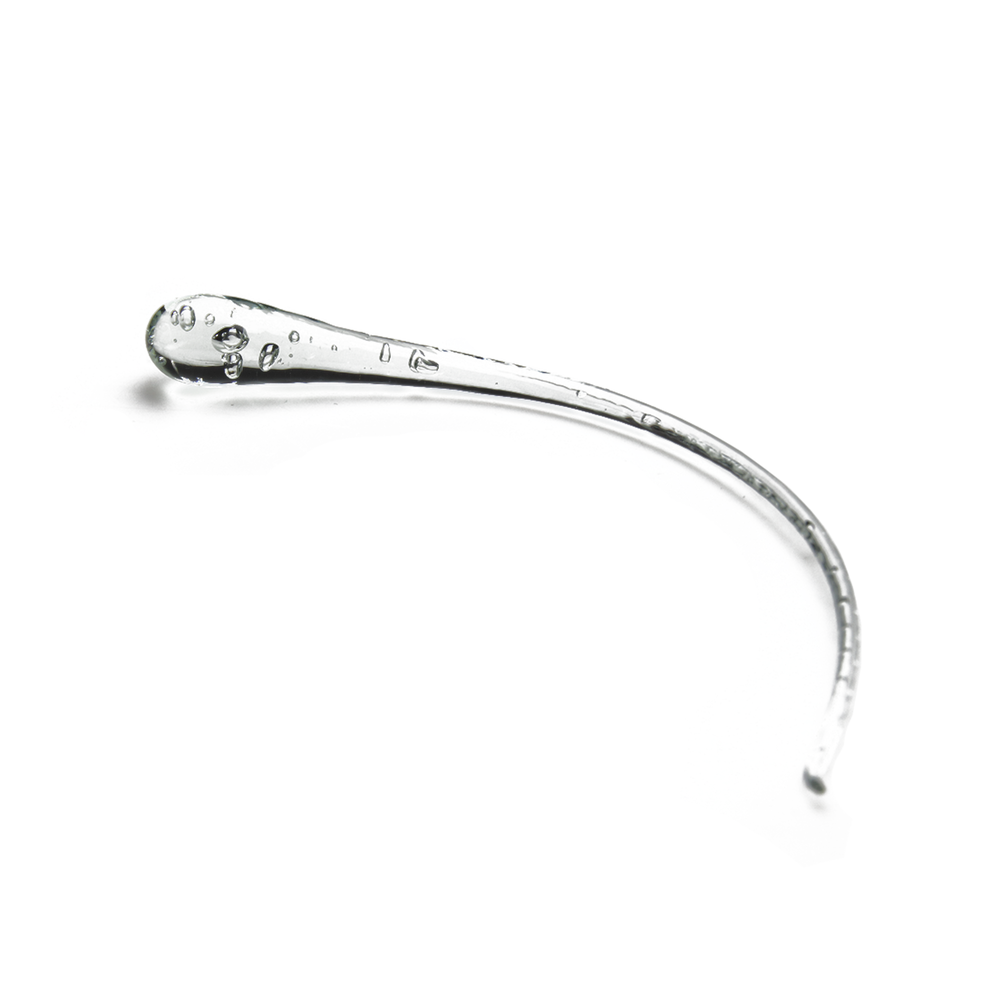

What is a Rupert’s Drop?
A Prince Rupert’s Drop is a special-shaped glass object with both extremely high strength and extreme fragility. This teardrop-shaped object resembles a tadpole with a round head and a slender tail. Its appearance is that of a pearlescent water droplet, with an incredibly fragile tail and a very sturdy head. It can withstand the impact of a hammer and even close-range hits from bullets without breaking (the spherical head can withstand compressive forces up to 664,300 Newtons or 67,740 kgf).
However, if the tail of the drop is lightly flicked with a finger, the entire drop, including the solid glass head, will turn into powder. This peculiar object is named after Prince Rupert of the Rhine, a 17th-century English royal who was an early researcher of this phenomenon. It is also known as “Batavian tears” and “Dutch tears” (as they were produced in the Netherlands in the early 17th century).
Prince Rupert’s Drops are created by melting glass and rapidly cooling it. When the molten glass drops into water, it cools rapidly, forming a solid outer shell while the interior remains molten glass. This asymmetrical structure gives Prince Rupert’s Drops some very unique properties:
- Strength: The head of a Rupert’s Drop is extremely robust, capable of withstanding high levels of pressure and impact, even under hammer strikes, without breaking.
- Weakness: A gentle tap or removal of the tail, however, causes the entire Rupert’s Drop to rapidly shatter into fine glass powder.
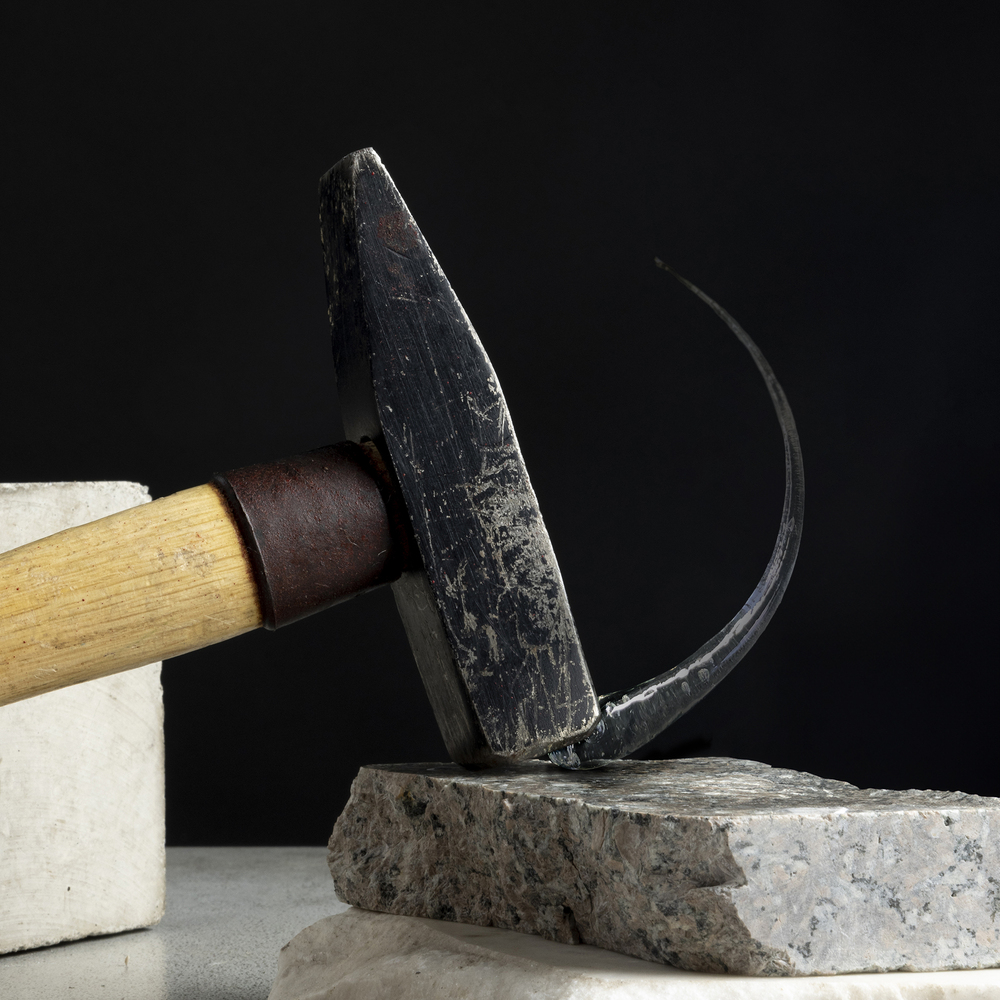
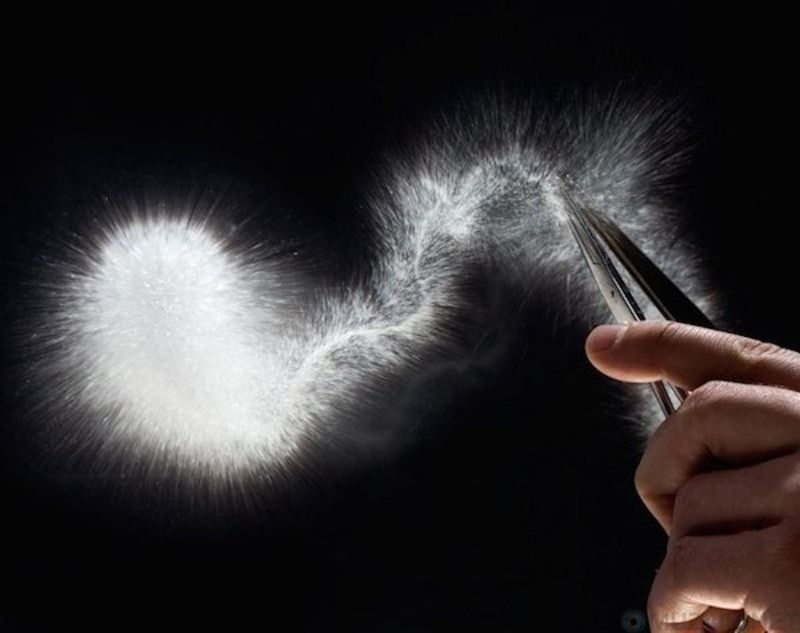
Rupert’s Drops: A Crucial Precursor to Toughened Glass
Prince Rupert introduced Rupert’s Drops to England in 1660, gifting them to King Charles II. In 1661, King Charles II handed them over to the Royal Society of London for scientific research, aiming to unravel their extraordinary hardness. These studies provided crucial information for the later production of toughened glass.
Armed with this key knowledge, glass became more impact-resistant, particularly crucial in fields such as architecture, automotive, and aerospace. Rupert’s Drops indirectly facilitated the development of toughened glass technology.
Additional information
| Weight | 0.3 kg |
|---|---|
| Dimensions | 7 × 10.5 × 2.9 cm |
Related Products
-
After School – DIY Blood Vessel Embroidery Kits
Specification Dimension 15 x 15 x 1 cm Material Cloth, Cotton thread, Metal Made in China
-
LOCKSMITH’S CHALLENGE – Transparent Pin Tumbler Lock
Specification Dimension 5 x 8 x 1.5cm Material Acrylic, Brass, Iron Made in China
-
Taste Lab Sauce Dishes
Specification Dimension Flask:H90*W65*15mm Erlenmeyer flask:H90*W70*15mm Beaker:H80*W65*15mm Material Porcelain Made in China Warning Fragile! Please use it carefully.
-
After School – DIY Blood Vessel Embroidery Kits
Specification Dimension 15 x 15 x 1 cm Material Cloth, Cotton thread, Metal Made in China
-
LOCKSMITH’S CHALLENGE – Transparent Pin Tumbler Lock
Specification Dimension 5 x 8 x 1.5cm Material Acrylic, Brass, Iron Made in China
-
Taste Lab Sauce Dishes
Specification Dimension Flask:H90*W65*15mm Erlenmeyer flask:H90*W70*15mm Beaker:H80*W65*15mm Material Porcelain Made in China Warning Fragile! Please use it carefully.
-
After School – DIY Blood Vessel Embroidery Kits
Specification Dimension 15 x 15 x 1 cm Material Cloth, Cotton thread, Metal Made in China
-
LOCKSMITH’S CHALLENGE – Transparent Pin Tumbler Lock
Specification Dimension 5 x 8 x 1.5cm Material Acrylic, Brass, Iron Made in China
-
Taste Lab Sauce Dishes
Specification Dimension Flask:H90*W65*15mm Erlenmeyer flask:H90*W70*15mm Beaker:H80*W65*15mm Material Porcelain Made in China Warning Fragile! Please use it carefully.
prev
next

